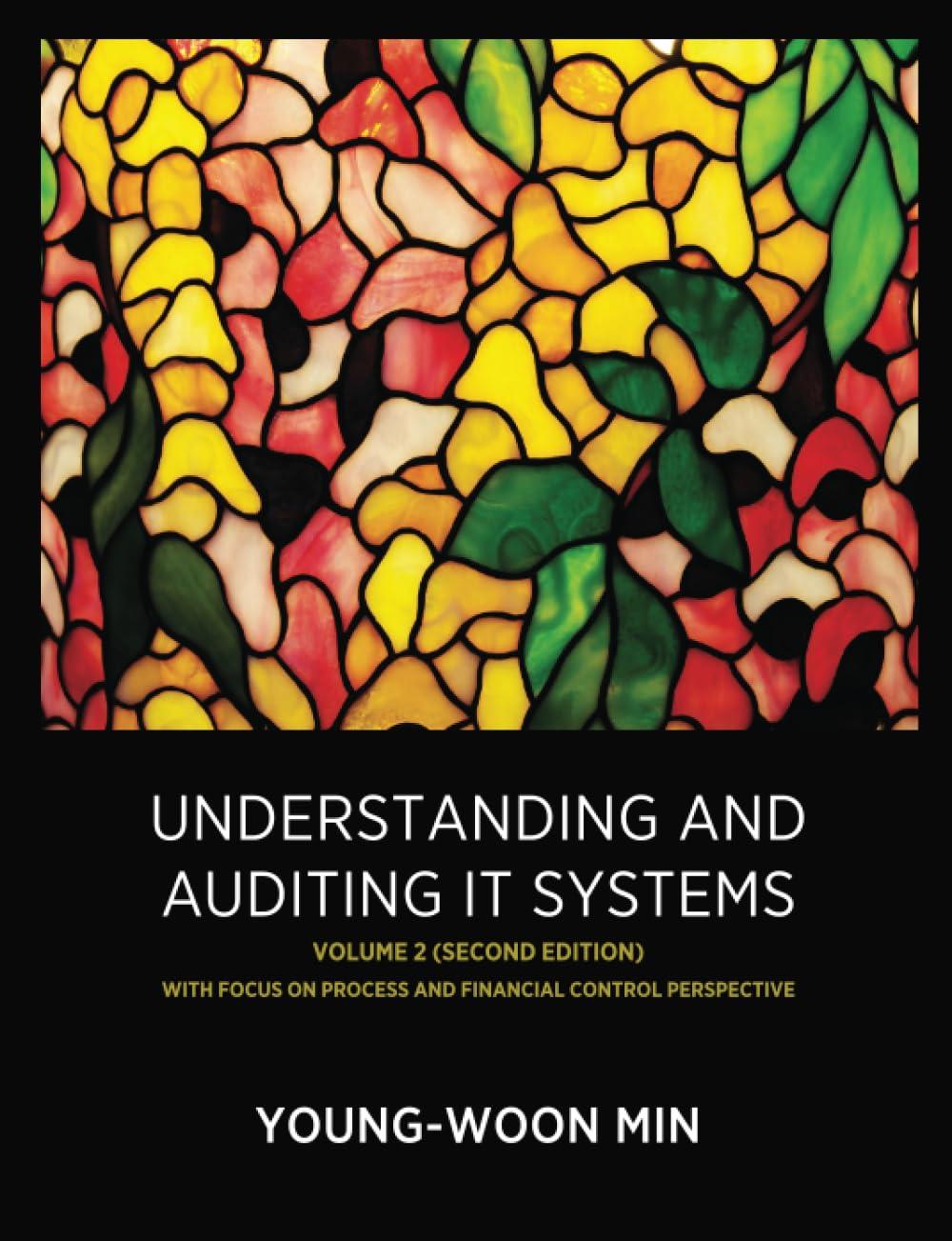MULTIPLE CHOICE. Choose the one alternative that best completes the statement or answers the question. ) Which of the following costs is most likely to be directly traceable to a specific department in a retail clothing store? 1) A) The cost of supplies. B) Rent on the store building. C) The cost of the department managers salary. D) The cost of heating and air conditioning. 2) Managers of a discount store chain reaching this decision, the managers should consider:2) are considering whether to add a new auto service department. In A) Both direct and indirecet costs. B) Indirect costs but not direct costs C) Direct costs only. D) Neither direct nor indirect costs. 3) Overhead costs include: 3) A) Indirect costs only. B) Direct and indirect costs. C) Neither direct nor indirect costs. D) Direct costs only 4) Preston Company has three divisions. The company should consider a cost to be a direct cost of a division if: 4) A) It meets guidelines imposed by generally accepted accounting principles. B) It can be allocated to a division. C) It is a variable cost. D) It can be traced to a division in a cost-effective manner. 5) Cost allocation involves: 5) A) identifying a cost driver for each cost to be allocated. B) multiplying the allocation rate by the weight of the cost driver. C) calculating an allocation rate for each cost to be allocated. D) All of the answers are correct 6) Craig Manufacturing Company operates its three production departments within a single facility. Each department produces its own products and maintains its own production equipment. Although they share a common facility, each department is overseen by a separate supervisor. Which one of the following costs is a direct cost of each department? 6) ) Production supervisor salary B) Lease payment on facility ) Plant manager salary D) Depreciation on the facility Blankenship Company operates a factory with two departments, X and Y. The utilities to heat and light the anufacturing facility would most likely be allocated to departments X and Y on the basis of: 7) Square footage occupied. B) Units sold. Machine hours. D) Direct labor hours







